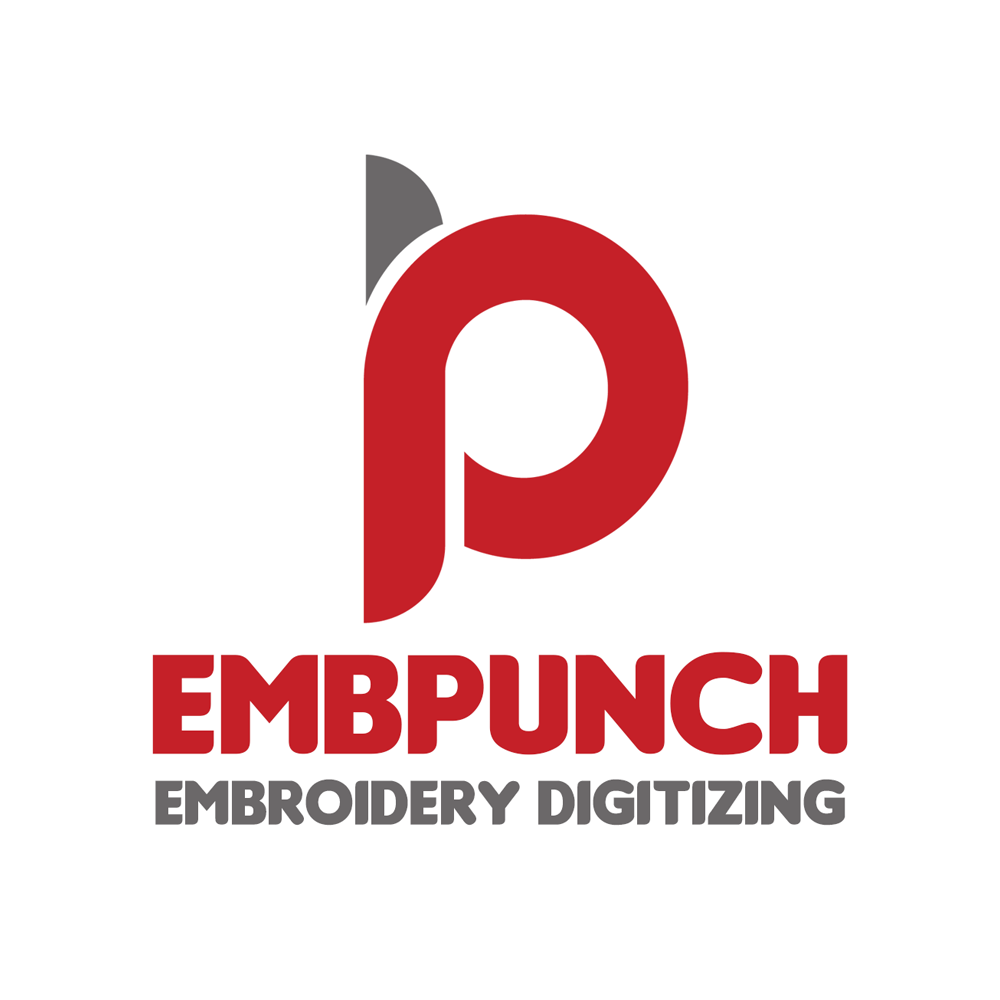Embroidery digitizing is an art form that transforms your logos, artwork, and other designs into stitches that can be embroidered onto various materials. The process is more intricate than it may seem at first glance, requiring skill, creativity, and specialized software to ensure the design translates seamlessly onto fabric. Whether you're looking to add an embroidered logo to a custom t-shirt, cap, or jacket, understanding how embroidery digitizing logo works is key to achieving the best results.
What Is Embroidery Digitizing?
At its core, embroidery digitizing is the process of converting a design into a format that embroidery machines can read. This process involves converting raster or vector images (like logos or artwork) into stitch files. The resulting file dictates the stitching path, the stitch types, the density of stitches, and even the color of the threads. The end goal is a design that, when stitched, closely resembles the original artwork while ensuring that the final product is durable, detailed, and clear.
Unlike traditional hand-embroidery, which relies solely on a needle and thread, embroidery digitizing allows for precise control over the stitching process. Digitizing is essential for making sure that each element of a logo or design is well-represented when it’s embroidered onto fabric. This could involve customizing the stitch direction, adjusting thread density to prevent puckering, or ensuring the design maintains clarity and precision across various fabric types.
The Process Behind Embroidery Digitizing
-
Choosing the Design: The first step in embroidery digitizing is selecting or creating the artwork. Logos are typically created in vector formats (such as EPS or AI), which work best for digitizing. However, raster images (like JPEG or PNG) can also be converted, though they may need extra editing to ensure they translate properly.
-
Digitizing the Artwork: Once the design is chosen, the digitizing process begins. A skilled digitizer uses specialized software to create a stitch path for the design. The software enables the digitizer to select stitch types (like satin, running, or fill stitches), adjust stitch density, and tweak the overall design to make it suitable for embroidery.
-
Optimization: Not all designs are created equal. Some logos or artworks are more complex, requiring fine-tuning to make them embroidery-friendly. For instance, fine lines in a logo might need to be thickened, and colors may need to be adjusted for optimal stitching. Optimization is crucial to ensuring the design maintains its clarity when scaled down or reproduced on different materials.
-
Testing and Adjustment: Before the final design is sent to the embroidery machine, it undergoes testing. This step involves running the design through the embroidery machine on a sample piece of fabric. During this process, the digitizer checks the stitches for evenness, the design’s visual impact, and any issues such as thread breakage or fabric puckering. Adjustments are made as needed to perfect the design.
-
Final Production: Once the design passes the test, it’s ready for mass production. The embroidery machine can now replicate the design across large quantities of products, from shirts to hats to bags. Since each stitch is carefully programmed, each piece will have the same high-quality result.
Why Professional Embroidery Digitizing Matters
While there are some DIY digitizing tools available, working with a professional embroidery digitizing service is crucial for achieving high-quality results. Here’s why:
-
Precision and Accuracy: A professional digitizer ensures that your embroidery digitizing logo is accurately translated onto fabric. They have the knowledge to adjust stitch types, paths, and densities to ensure the design looks great every time it’s embroidered.
-
Quality Control: Skilled digitizers use advanced software like Wilcom, Pulse, or Truesizer to guarantee the design works perfectly on different fabric types. These tools allow for adjustments that reduce errors and improve the overall outcome of the embroidery.
-
Time and Cost Efficiency: A well-digitized design reduces the chances of errors during the production process, which can save both time and money. Professional services offer fast turnaround times, so you don’t have to worry about delays in receiving your embroidered items.
The Impact of Embroidery Digitizing Logo on Branding
For businesses, logos are the face of their brand. An embroidered logo can be a powerful marketing tool, offering a tactile, professional look that sets your company apart. Whether you’re creating embroidered uniforms for your staff or promotional merchandise like hats and jackets, embroidery digitizing logo plays a significant role in maintaining the integrity of your brand’s visual identity.
Embroidery offers a durable, high-quality finish that printed designs often can’t match. Whether you’re looking to produce custom corporate gifts or uniforms, a carefully digitized logo ensures that your brand is represented in the best possible light.
Conclusion
Embroidery digitizing is an essential process for turning your artwork or logos into high-quality, durable designs. With the right expertise, the intricate steps involved in digitizing a logo can result in an embroidered product that reflects the true beauty and professionalism of the design. Whether you need to bring your embroidery digitizing logo to life for promotional merchandise or company apparel, working with a professional service ensures the best results.
By choosing experienced digitizing services, you’re investing in the longevity and impact of your brand. Whether you need a single design or mass production, high-quality digitizing ensures your embroidered logos always look their best, helping your business stand out in the competitive market.

